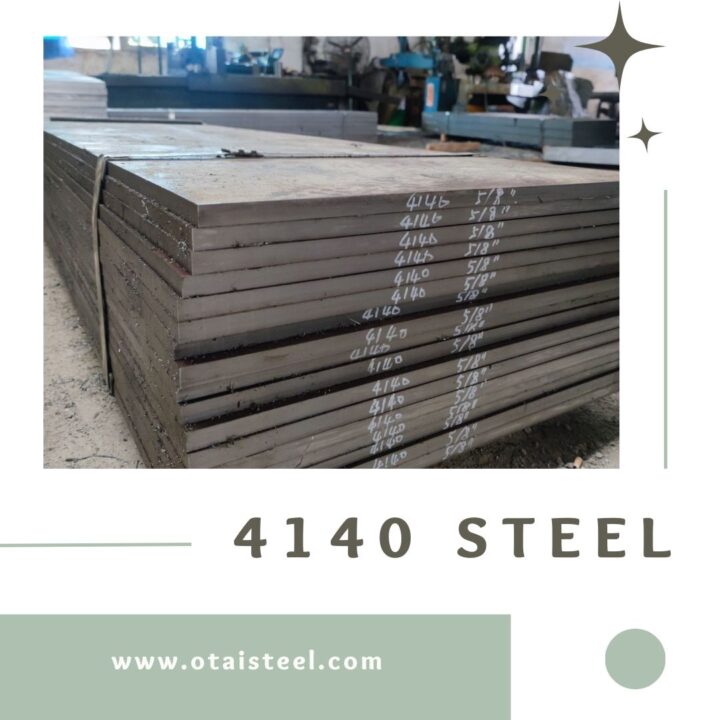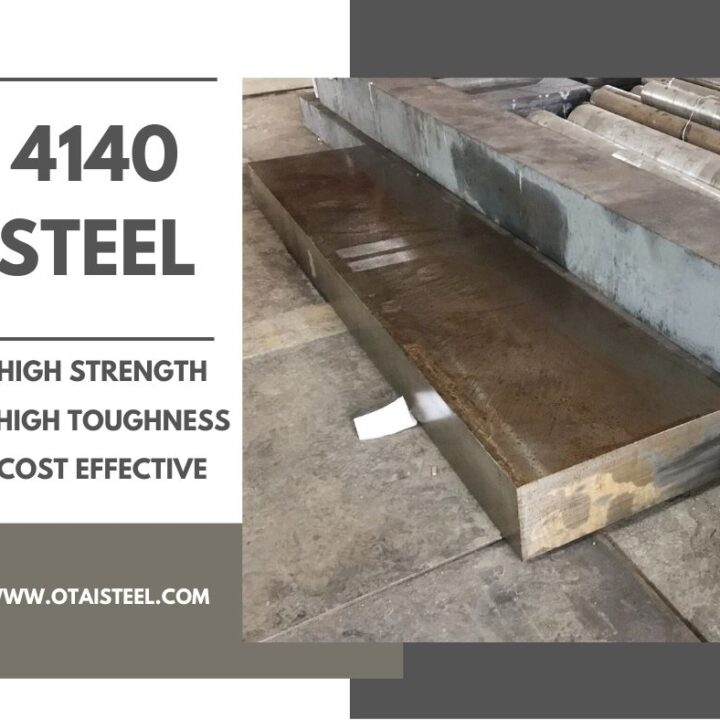Material 1.2085, also known as DIN 1.2085 or 420HC, is a stainless steel alloy with a well-established reputation for its outstanding properties. Before we dive into material 1.2085 equivalent, let’s recap some key characteristics of material 1.2085:
- Corrosion Resistance: Material 1.2085 boasts impressive resistance to corrosion, making it a reliable choice for applications exposed to moisture and harsh environments.
- High Hardness: Through proper heat treatment, this material can achieve remarkable hardness levels, making it ideal for tool and die making.
- Wear Resistance: Thanks to its high carbon content, material 1.2085 exhibits excellent wear resistance, making it suitable for components facing constant friction and abrasion.
Material 1.2085 Equivalent
Now, let’s explore some equivalents to material 1.2085 that offer similar properties and find applications in various industries:
A. Material 1.2083
Material 1.2083 is a close counterpart to 1.2085, sharing its high corrosion resistance and good polishability. It is often used in applications such as plastic molds and corrosion-resistant tooling.
B. Material 1.4116
Material 1.4116 is a stainless martensitic steel known for its excellent corrosion resistance, high hardness, and edge retention. It is commonly used in knife blades, surgical instruments, and food processing equipment.
C. Material 1.4034
Material 1.4034 is another stainless steel alloy with good corrosion resistance and wear resistance. It finds applications in cutlery, blades, and some medical instruments.
D. Material 1.4028
Material 1.4028 is a stainless steel known for its good corrosion resistance and moderate hardness. It is used in applications such as knife blades and general-purpose tools.
Advantages of Exploring Material Equivalents
Understanding material equivalents like those mentioned above can be highly beneficial for engineers and manufacturers:
- Flexibility: Material equivalents provide options, allowing engineers to choose the best material for their specific applications.
- Cost Savings: In some cases, equivalent materials may be more readily available or cost-effective, reducing production costs.
- Adaptability: Material equivalents can adapt to different environments and requirements, ensuring optimal performance.
- Streamlined Sourcing: Knowledge of material equivalents simplifies the sourcing process, making it easier to find the right material for the job.
Frequently Asked Questions (FAQs)
Q1. Are material equivalents exact matches in terms of properties?
No, while material equivalents share similar properties, they may have subtle differences. It’s essential to consider the specific requirements of your application when choosing an equivalent material.
Q2. How do I determine which material equivalent is best for my application?
Consider factors such as corrosion resistance, hardness, wear resistance, and cost when selecting a material equivalent. Consulting with a materials expert can also be helpful.
Q3. Can material equivalents be used interchangeably in all applications?
Not necessarily. The choice of material equivalent should align with the specific demands of the application to ensure optimal performance and longevity.
Q4. Are there other equivalents for material 1.2085 not mentioned in this article?
Yes, there may be additional equivalents depending on regional standards and specific industrial needs. It’s advisable to consult materials catalogs and experts for comprehensive information.
Q5. Can material equivalents be recycled like their original counterparts?
Yes, most material equivalents can be recycled, contributing to sustainability efforts and reducing environmental impact. (material 1.2085 equivalent)










